Nuclear nightmare is now a real possibility
Russian doctrine envisages various possible uses of tactical nuclear weapons. Don’t think it can’t happen.
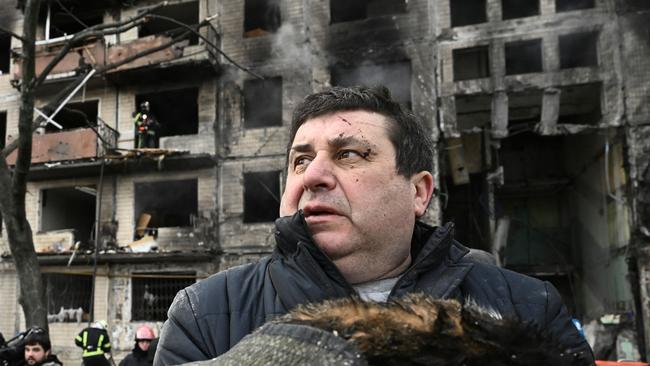
– Antonio Guterres, United Nations Secretary-General
Vladimir Putin has driven the world closer to nuclear war than at any time since the end of the Cold War.
Tensions continue to rise. Joe Biden this week called Putin “a war criminal”. The Kremlin replied that this was unforgivable. Maybe T.S. Eliot was wrong: in fact, this is the way the world might end, not with a whimper, but a bang.
Don’t think it can’t happen.
A month ago the coffee shops of Kyiv were full, the art galleries thriving. Today, Kyiv’s citizens huddle in basement bomb-shelters. No divine law says Western nations are immune from such fates, and worse.
There are now numerous pathways to the use of nuclear weapons. Any nuclear exchange remains highly unlikely, but is now much more possible than even a few months ago.
Putin has made numerous nuclear threats. The situation on the ground in Ukraine, and in Russia, remains unpredictable. Most unpredictable is what goes on in Putin’s head. Many things Putin says are plainly untrue – such as the US developing weapons of mass destruction in Ukraine, or Ukraine trying to get nuclear weapons of its own – nonetheless, the world should pay attention to what he says.
Not least because, within Russia, he alone can press the nuclear trigger.
The heroism, the stoic determination of the Ukrainian people, has produced a grinding, desperate, semi-stalemate in Ukraine. Volodymyr Zelensky isn’t sounding retreat, but his statement that Ukraine cannot join NATO may offer the basis for a ceasefire.
This doesn’t mean Kyiv could have avoided war if it had said this earlier. Even before the war, there was no prospect of Ukraine actually joining NATO. Putin used the NATO issue as a pretext to invade Ukraine. His other purposes, remember, were “denazification” and demilitarisation. But Ukraine, with its democratically elected Jewish President, is no Nazi state. Nor did its military present any threat to Russia. If Putin could use NATO as a pretext for war, perhaps he can use it as a pretext for peace.
The most obvious end is at some point there is a negotiated outcome to resolve a “hurting stalemate”. Putin keeps part of eastern Ukraine; Kyiv commits to not joining NATO; an independent Ukraine continues in the western half of the country.
But while that is likely, nothing is guaranteed. Russia’s military actions have become increasingly barbaric, targeting civilians in a military reign of terror. Russia’s main constraints are the costs and casualties Ukrainians are imposing, and near-global repudiation.
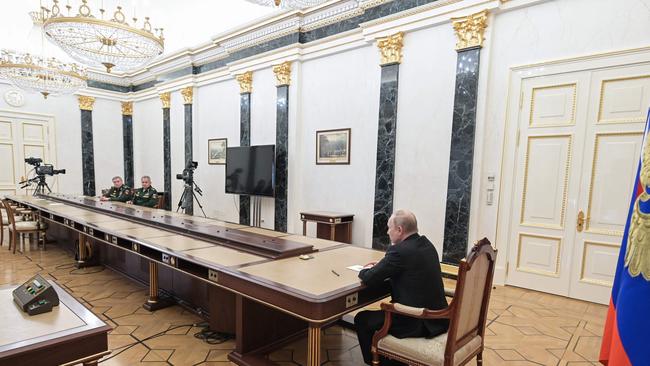
But Putin could nonetheless pocket Zelensky’s statement on NATO and just keep fighting. Even if he envisages an independent Ukraine in the western part of the country, he might figure he has more bargaining power the more territory he controls when negotiations begin. Or he might still believe a Ukraine pulverised by months of savage bombardment could yet yield a puppet regime.
The longer war continues, the deeper sanctions on Russia will continue. To have any lasting effect, some sanctions must stay in place for a long time.
If Putin emerges with more of Ukraine than he started, and if sanctions are ultimately lifted, if European NATO members do not massively, permanently lift defence spending, and if Europe doesn’t permanently reject Russian energy, then Putin wins, even if his economy is devastated.
Brutal Stalinist dictatorships have a high tolerance of pain among their citizens. If Putin wins in Europe, the results for Asia are disastrous. We are talking about the unravelling of the entire post-war European security order. A Putin win is a powerful positive example to the most aggressive instincts in Beijing. It draws the US into an endless crisis in Europe, away from the critical security tasks of the Indo-Pacific.
Any nuclear use would change the world forever. Already Putin has permanently altered the dynamics of nuclear weapons. The success of his nuclear threats means that a nuclear power involved in conventional military conflict is much more likely to make nuclear threats in future.
In some ways, the danger of nuclear exchange increases if Putin feels he’s doing badly. That includes doing badly at home because of sanctions. The sheer multiplicity of actors involved in Ukraine, the isolated, one-man nature of Putin’s dictatorship, the developments in nuclear weapons technology, the short distances involved in Europe, the speed of modern missiles – all contrive to make the nuclear situation uniquely dangerous.
Pay attention to what Putin says and to what official Russian war-fighting doctrine involves. From the start in Ukraine, Putin made a series of threatening references to nuclear weapons. A few days before the invasion – which, let us note, he many times in the previous weeks said would not take place – Putin threatened NATO by declaring “any country which tries to stand in our way, or all the more so create threats for our country and our people” would face “consequences such as you have never seen in your entire history”.
Twentieth century Europe went through the most extreme wars known to man. “Consequences unseen in its history” clearly refers to nuclear weapons.
At the end of February, Putin said: “Western countries aren’t only taking unfriendly economic actions against our country, but leaders of major NATO countries are making aggressive statements about our country … So, I order to move Russia’s deterrence forces to a special regime of combat duty”.
Moving nuclear forces to a higher alert status during a conventional conflict is unprecedented in the post-Cold War world.
Since 2014, published Russian military doctrine has explicitly included use of tactical nuclear weapons. The Russian doctrine is “escalate to de-escalate” or E2D.
Russian doctrine envisages various possible uses of tactical nuclear weapons. One is if there is an attack on Russia’s homeland. Another is if Russia’s military is in danger of being overwhelmed by technologically superior forces. This can only mean conflict with NATO.
US President Joe Biden, on the other hand, has stated US nuclear weapons exist only to “deter or punish” attacks on the US or its allies involving nuclear weapons. That is, the US would only use nuclear weapons in response to nuclear weapons.
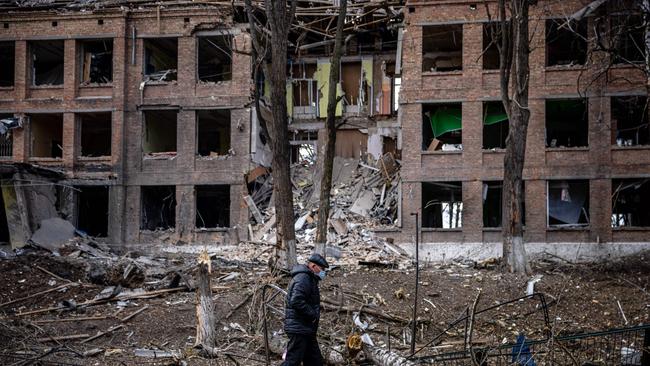
Putin has also said Moscow could fire its nukes “within seconds” of being attacked. The lightning speeds involved here create a critical danger of mistake, misinterpretation, miscalculation.
It is true the US and its allies did in the past also envisage a war-fighting role for tactical nuclear weapons. For much of the Cold War, Russia and its Warsaw Pact allies had a massive advantage in the size of conventional military forces in Europe. So NATO said it could use nuclear weapons in the event of a massive Warsaw Pact invasion of Western Europe.
Cold War nuclear deterrence was always dangerous but ultimately stable because it rested on two main nuclear weapons states – the US and the Soviet Union – and the doctrine of Mutually Assured Destruction. Although they were adversaries, Washington and Moscow recognised the need for stability. They developed effective channels of crisis management and emergency communication. That is much less effective with Putin, non-existent with Beijing, and now nine nations have extensive nuclear arsenals (in order of nuclear arsenal size these are: Russia, US, China, France, Britain, Pakistan, India, Israel, North Korea, with Iran getting close to nuclear weapons breakout capability).
Russia and the US are limited by treaty to 1550 strategic nuclear warheads each, ready to fire. Russia also has some 4500 in reserve, as allowed. It is also believed to have between 1000 and 2000 tactical nuclear weapons.
A strategic nuclear weapon has a long-range delivery vehicle (sea or ground-based missiles or aircraft) and a high explosive and radiation yield.
Tactical nuclear weapons can be delivered by artillery, short range missiles, aircraft or ship. They can explode in the air above a target area, on the ground or even underwater.
Some tactical nukes have an explosive content of less than a kiloton, that is, equivalent to 1000 tons of TNT. A nuclear weapon can be designed to release its energy either mainly by explosion or by radiation. Radiation kills people, explosions kill people and destroy infrastructure. The smaller the weapon, the smaller the fallout and the smaller area subsequently poisoned by radiation.
The smaller size of tactical nukes makes them less destructive but much easier to use, and therefore undermines the basic equation of MAD.
So how could the Ukraine conflict spiral into nuclear exchange?
The sad answer is in many ways. None is likely, but all are possible.
Say Putin grinds on to a horrible, bloody, murderous victory in Ukraine. This could take months and involve thousands of dead Russian soldiers as well as countless Ukrainian casualties. Western sanctions would stay on Russia at full tilt. The Russian economy is already in free fall, unravelling more rapidly than at any time since the fall of communism.
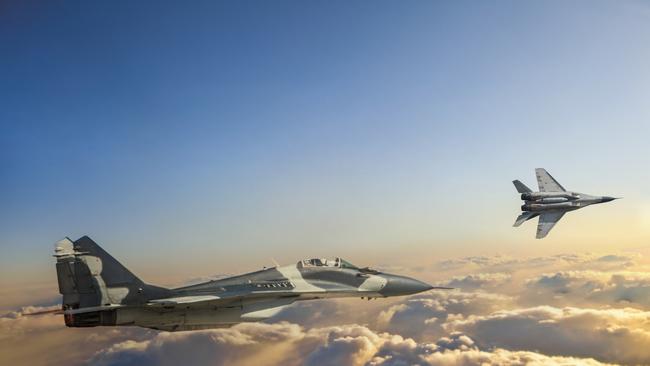
Putin is already paranoid. Perhaps his domestic situation becomes unstable. He has to present all this suffering Russians are experiencing as caused by Western malice. So, either to mislead his people, or in pursuit of his dream of a restored Russian empire, or to escalate decisively so that NATO must cut him a deal, he invades one or more of the Baltic nations – Estonia, Lithuania or Latvia.
These are much smaller than Ukraine, with no strategic depth, and small and untried militaries. Putin overwhelms them quickly, but they are NATO members. Biden and all the NATO allies are pledged to their defence. So NATO, led by the US, sends in forces to eject the Russians. At this point, Russia’s military doctrine says it uses tactical nuclear weapons to “escalate to de-escalate”.
Consider another scenario. The Ukraine war just goes on and on. Russian casualties mount but it becomes impossible for the Russians to take the last big chunk of Western Ukraine. Western outrage continues to mount. At last the US authorises Poland’s 28 Mig fighter jets to be delivered overland to Ukraine.
Putin has already designated NATO arms shipments to Ukraine as acts of war. A tactical nuclear weapon is most effective when striking a concentration of enemy armour or equipment. Putin is tempted to destroy this arms shipment and terrorise the West by signalling his willingness to use nuclear weapons.
Nuclear deterrence also rests on the credibility of the American president in finally being willing to use such weapons himself. If the world becomes convinced he will never actually do such a thing, then any nuclear armed adversary wins every time.
What does a US president do if a Russian president uses the smallest possible tactical nuclear weapon?
It was fear of such a scenario which led Biden to veto supplying Polish jets to Ukraine. So Putin has already reaped significant battlefield advantages by threatening the use of nuclear weapons. In this way the Ukraine conflict has already changed the shape of modern warfare.
There are a thousand dangers of accident and split-second misinterpretation. The Russians struck a military facility right next to the Polish border to make this kind of implicit threat. Say they struck across Poland’s border, by accident or design, perhaps design disguised as accident. Poland would have to reply. The Russians might then interpret this as a NATO attack on Russia, maybe mistake a conventional missile for a nuclear one.
The sanctions should stay on Russia until it withdraws from all or most Ukrainian territory it’s taken during this war. Otherwise Putin wins, invasion is rewarded and the West’s ability to deter an aggressor is radically compromised. But long-term sanctions produce a good chance of Putin’s rule facing existential crisis. Nuclear weapons are one clear game-changing tool available to him.
There are a dozen other credible scenarios ending in nuclear use. None of this is to suggest that nuclear war is likely. But it’s vastly more likely than even six months ago.
Finally, while I don’t share the view that Putin is deranged, he is under great pressure, deeply paranoid, isolated and his mind full of extreme Russian nationalism.
Last week, I wrote about the books of the Russian academic, author, activist and ideologue Aleksandr Dugin, once dubbed “Putin’s mind” by Foreign Affairs magazine. Dugin’s ideology, said to be much admired by Putin, centres on Russian nationalism and ethnic self-obsession, hatred of the West and the determination that Moscow rule a Eurasian empire.
Much of Dugin’s writing is weird, some of it is apocalyptic: “The meaning of Russia is that through the Russian people will be realised the last thought of God, the thought of the End of the World …”
Not perhaps with a whimper, but a bang.



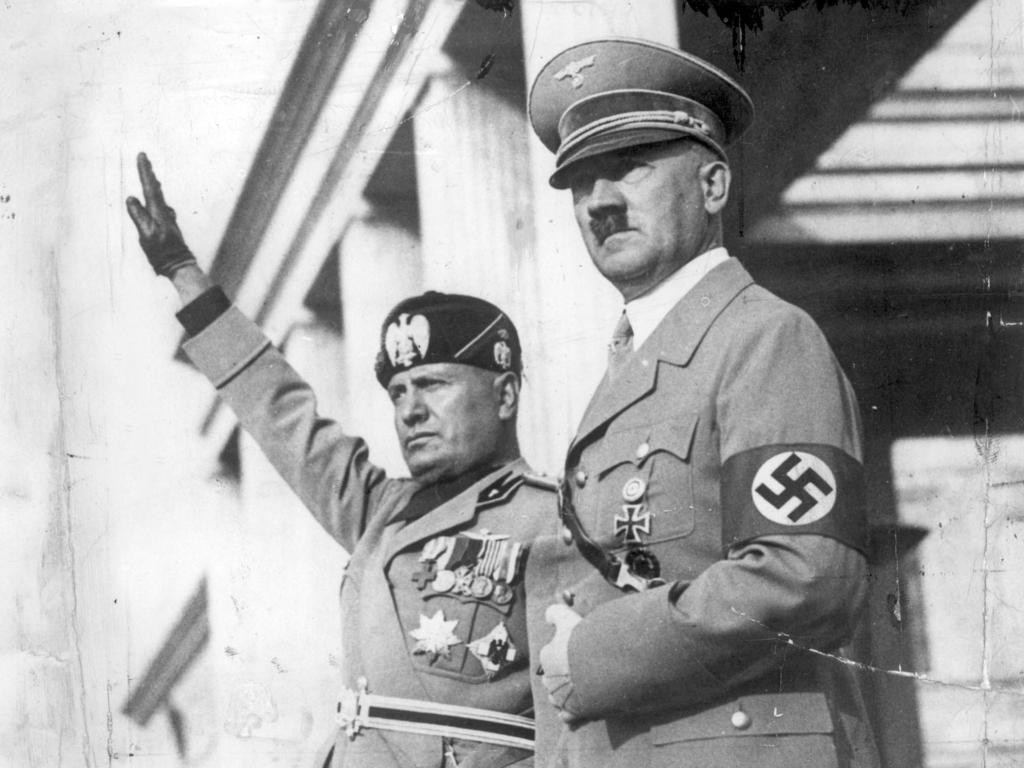
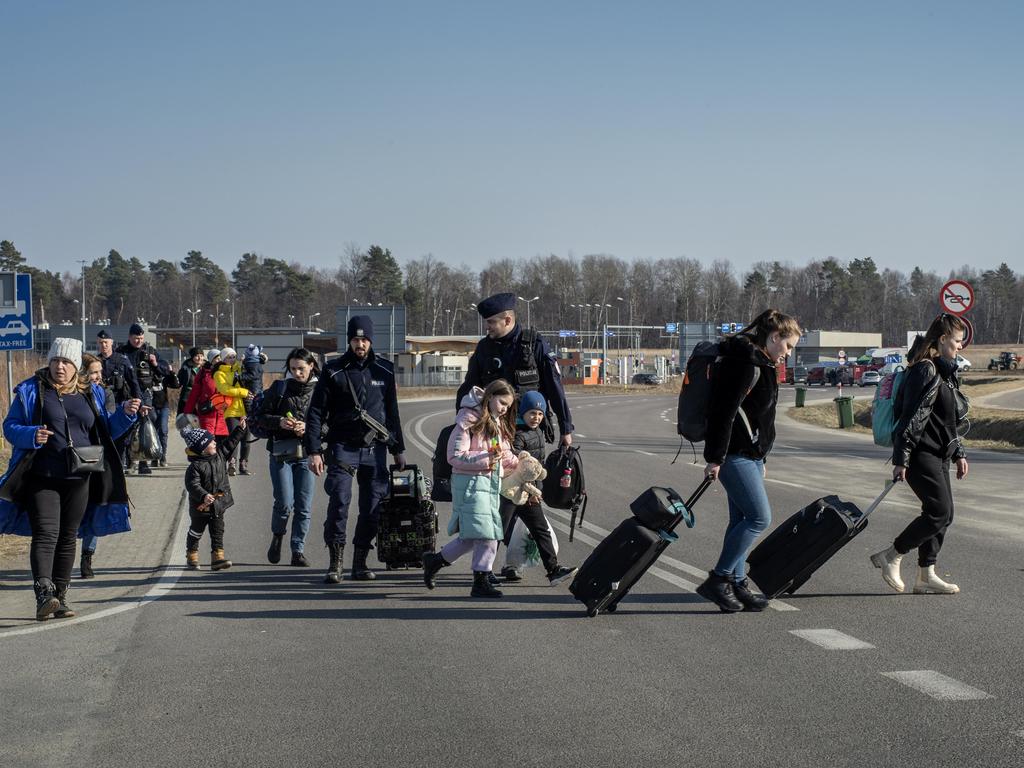
“The prospect of nuclear war is now back within the realm of possibility.”